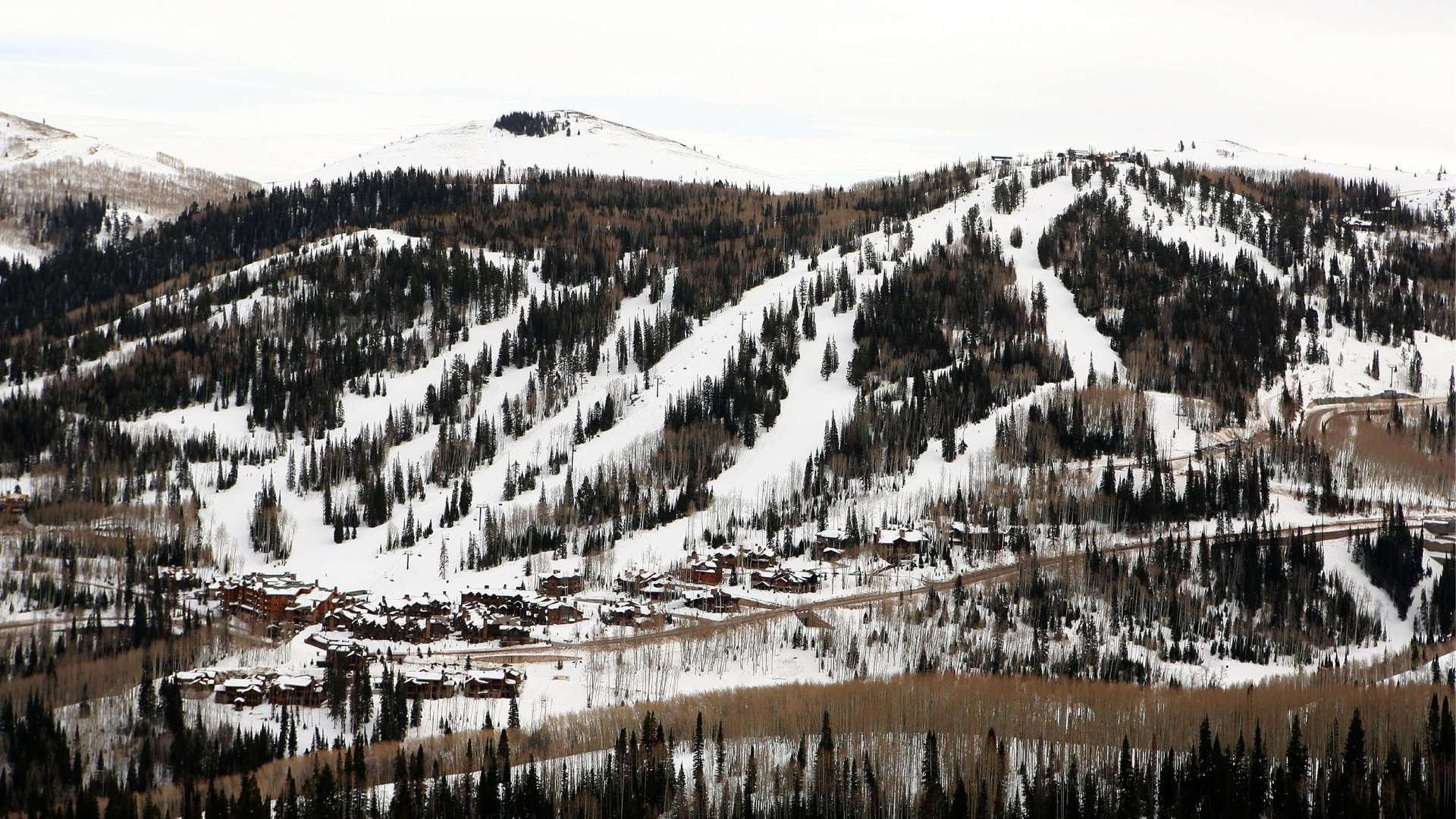Climate change threatens the ski, snowboard, and winter sports industry
As the Earth warms, stable conditions for winter sports that depend on ice and snow aren’t a guarantee. Steady snow might come later than usual and spring warming means snowpacks are melting faster. Workers at Aspen Skiing Company—the operator of the Aspen and Snowmass ski areas in Colorado—have seen winter shrink by about a month. “You make your money in chunks [on holidays]. You rake in your annual profit at the end of March, and that’s exactly when we’re getting squeezed,” said Auden Schendler, the company’s head of sustainability. The outbreak of covid-19 in March 2020 reinforced the stark reality for Schendler, “if you cut off the last two weeks of March you basically aren’t a viable business.”


As the Earth warms, stable conditions for winter sports that depend on ice and snow aren’t a guarantee. Steady snow might come later than usual and spring warming means snowpacks are melting faster. Workers at Aspen Skiing Company—the operator of the Aspen and Snowmass ski areas in Colorado—have seen winter shrink by about a month. “You make your money in chunks [on holidays]. You rake in your annual profit at the end of March, and that’s exactly when we’re getting squeezed,” said Auden Schendler, the company’s head of sustainability. The outbreak of covid-19 in March 2020 reinforced the stark reality for Schendler, “if you cut off the last two weeks of March you basically aren’t a viable business.”
A business-as-usual path to a warming planet impacts industries beyond fossil fuels. At this point, there are about as many jobs in coal mining as there are jobs at snow-sports facilities. Coal miners, however, have an outsized influence in US politics.
Jobs in coal mining have decreased dramatically since the 1990s. Meanwhile, jobs at skiing facilities steadily increased until the pandemic hit. For ski resorts and other snow-dependent businesses, the question is now if they can continue to be successful despite global warming, or if they’ll need to change course altogether.
Can skiing survive global warming?
Ski resorts are fragile businesses to operate. They’re capital and labor-intensive. Each year business owners spend millions of dollars on maintaining buildings, routes, lifts, and ski runs. While many resorts use machines to get a base layer of snow if none has fallen early enough in the season—annual success is dependent on snowfall.
“When you run a ski resort you need to bring people in November and give them jobs. If the lifts aren’t running or if it’s not cold enough to make snow, you’ve brought in these valuable workers, found them housing, and they don’t have work,” explained Schendler.
🎧 For more intel on the winter sports industry, listen to the Quartz Obsession podcast episode on puffer jackets. Or subscribe via: Apple Podcasts | Spotify | Google | Stitcher.
Between 2001 and 2016, the years with the best conditions for skiing in the US saw visitations to ski areas reach levels 7% higher than typical years. But in years with the worst conditions visits were 9% lower. That’s according to a report (pdf) released by the climate advocacy group Protect Our Winters (POW) supported by retailer REI. Snow-sports tourism contributes about $20 billion to the US economy according to the 2018 study.
Washington, Massachusetts, and California stand to lose the most if poor skiing conditions become more common.
“Colorado might have 2ºC of warming historically, but little impact on skier visitation because most places would still be well below freezing. Pennsylvania might have the same 2ºC of warming that pushes them above freezing and has a huge impact on visitation,” said Dr. Elizabeth Burakowski who led the study for POW at the University of New Hampshire.
Making more snow isn’t a solution. Not only is it costly to make snow but “it takes energy and water, you can only make so much snow, especially in the west,” said Schendler. The experience is also not the same. Schendler says skiers don’t want to ski on artificial snow “it’s a different sport.”
How ski resorts can adapt to global warming and fight climate change
Ski resort owners are having to think differently about business development. For Aspen Skiing, expansion is focused more on hotels and developing higher ski areas. “We are developing a run at high elevation because we think we’re going to lose the low elevation [runs],” said Schendler.
Other tactics include expanding resort businesses to multiple locations and regions so results are not dependent on good weather in a single place. Alterra Mountain Company—for instance—operates 15 locations across the US. Vail Resorts operates 13 ski areas in the US, Canada, and Australia. But while large companies look to consolidate, independent ski businesses owners say they can still be successful and that consumers prefer smaller, local facilities.
A Climate Central analysis found that over the past 50 years, average temperatures increased more in winter than in any other season for the majority of the US. The greatest increases in average winter temperature were seen in the Great Lakes and Northeast region. Another study by Climate Central showed that of 107 US weather stations most saw at least a one inch decline in snowfall from 1970 to 2018.
Ultimately, warming winters affect entire local communities and their economies. “When we talk about job losses related to warming winters, the impact is much larger than just the winter jobs we first think of at ski resorts,” said Mario Molina, POW’s Executive Director. The Outdoor Industry Association estimates the entire outdoor recreation economy is worth about $887 billion. Droughts alternating with inconsistent storms, shorter winter-sports season, and waning snowpacks mean job losses from a warming winter are now a threat year-round in many communities.